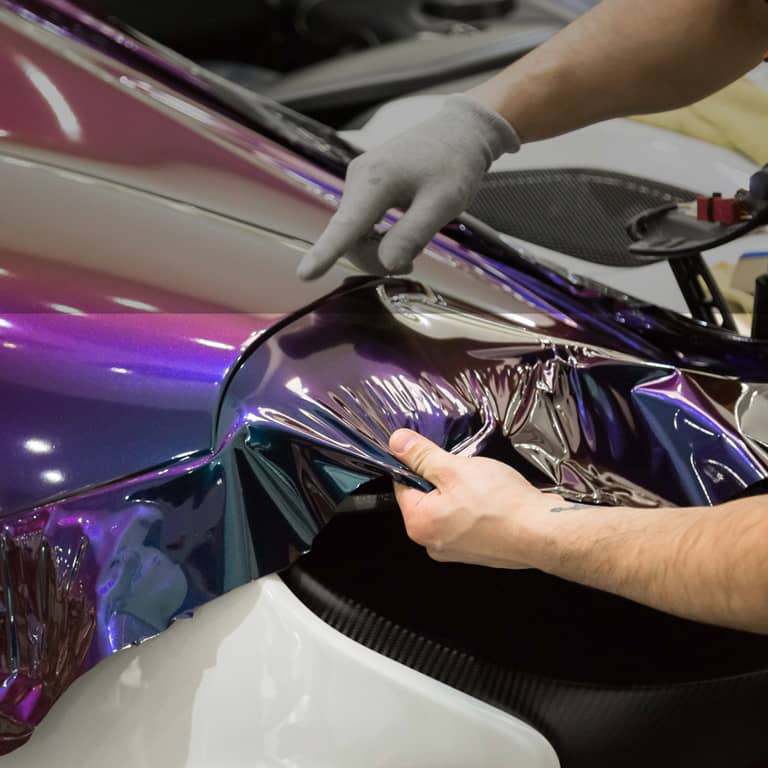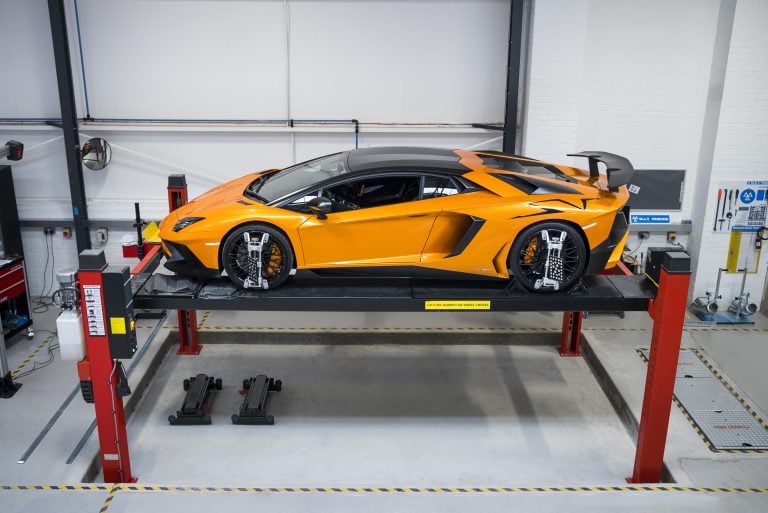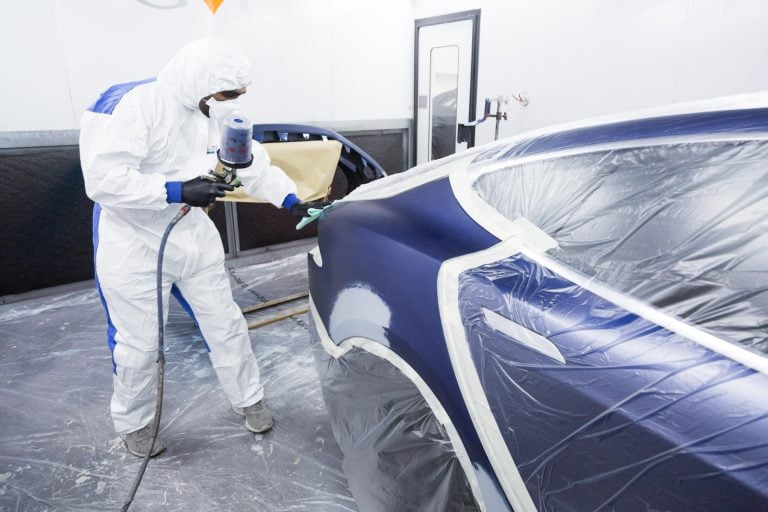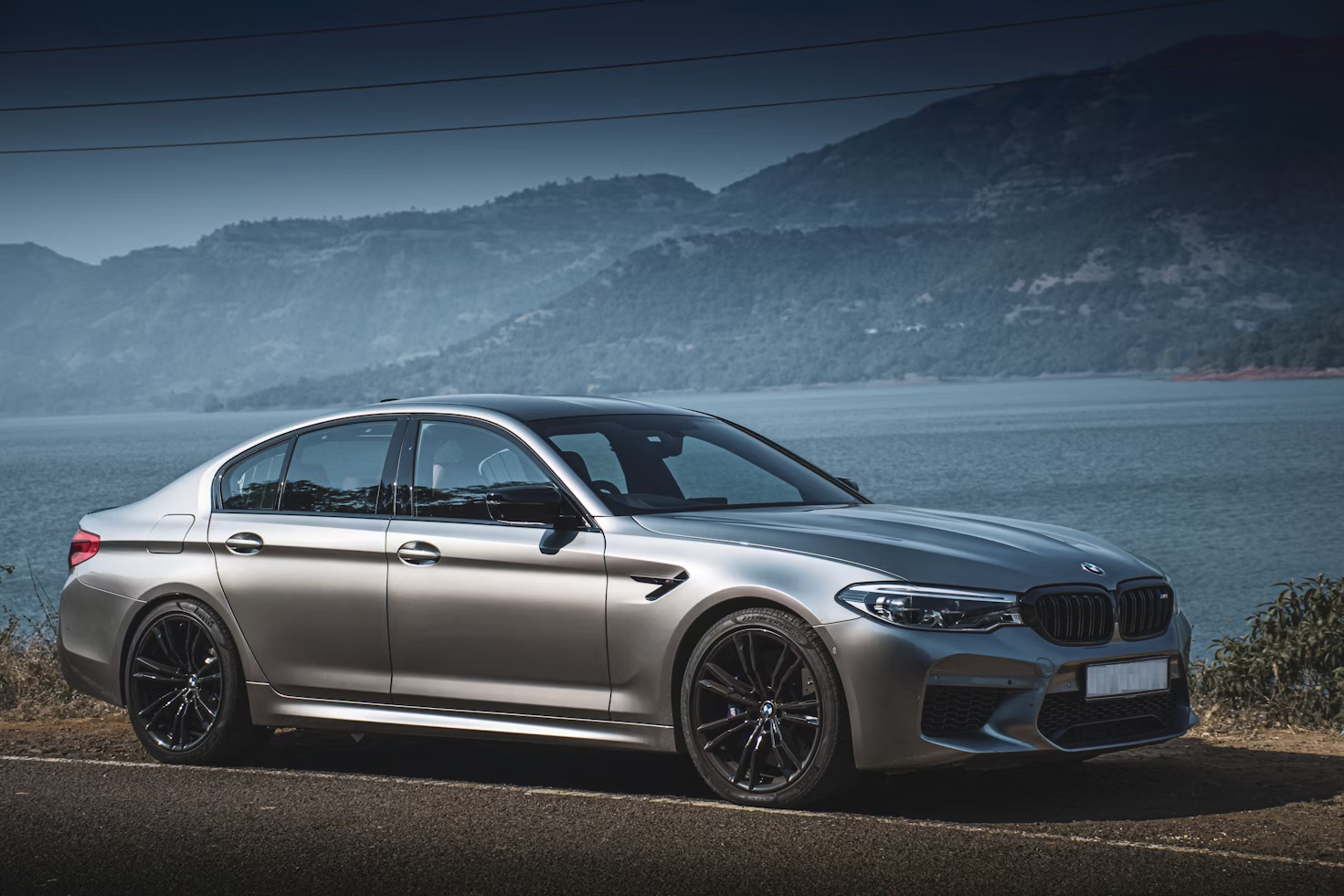- Showroom Case Studies
UK Car Imports: Costs, Taxes, and Documentation Explained | GVE London – Blog
Importing cars from the UK? Learn the real costs, taxes, paperwork, and timelines—no fluff, just facts. A clear guide to smooth car imports and exports.
Importing cars from the UK is doable, but it can seem rather overwhelming at first. After all, one must manage everything from taxes, paperwork, logistics, etc., all by themselves. This guide breaks it all down, without fluff. Just the facts, written in plain English.
What You Actually Pay When Importing Cars from the UK
Let’s begin with the part that matters the most here: money. There is no fixed figure for import costs; the final amount depends largely upon the type of car, where it is going, and how those at the customs decide to classify it.
Here’s a quick breakdown:
Customs Duty: Typically ranges between 0% and 10%, depending on the vehicle’s classification and its country of origin.
VAT (Value Added Tax): This is charged on the total value of the car, including shipping and customs. The standard VAT rate in many countries is around 20%, but double-check your local rates.
Excise Duty: Applies to some vehicle types, especially those with high CO₂ emissions. This hits luxury and high-performance vehicles the hardest.
Luxury car export and supercars often fall into higher duty brackets, so be prepared. The taxes alone can go up to thousands.
Documentation You Can’t Ignore
Alas, there really is no escaping paperwork. In fact, messing up the paperwork can be an absolute disaster. It can result in fines or your vehicle getting lost in the customs limbo. Here’s what you generally need:
- Commercial
- Bill of lading or airway
- V5C (Vehicle logbook
- Certificate of Conformity
The compliance regulations vary from one country to another. If you’re, for example, importing luxury cars from the UK into places like Australia and New Zealand, the compliance checks can be brutal. You will be asked for environmental test results or modifications before registration.
Read Also: Maximising Profit: Strategies for Successfully Exporting Luxury Cars
How Long Does It All Take?
Well, it depends really. On average, it takes a total of 2 months: 1–2 weeks of booking and prep, 2–6 of shipping (depending upon the method of shipping you use and the destination), and there is 1–2 weeks of customs and delivery.
So, you could be looking at anywhere from 4 to 10 weeks start to finish. Add delays if you’re dealing with incomplete paperwork or unexpected customs inspections.
Watch Out for These Extra Costs
The main fees are obvious. But smaller charges add up quickly:
- Port handling fees
- Inspection charges
- Storage if customs clearance takes too long
- Modifications needed for compliance (e.g., headlights or emissions)
If you’re planning to import multiple cars, or starting a business focused on luxury car exports, build a buffer for these extras into your budget.
Conclusion
Importing cars from the UK doesn’t have to be stressful. Get the numbers right, keep your paperwork tight, and work with people who know what they’re doing. Especially if you’re dealing with luxury car exports. If you’re not sure where to start, consider speaking with a specialist who’s dealt with high-value imports before. It’ll save you time and help you avoid unnecessary costs. In comes GVE London. We’re a supercar showroom that works with all things automotive, from sales and purchase to repairs and mods. We also export our vehicles to buyers across the globe. Get in touch with us today to know more!
Frequently Asked Questions
In some cases, yes. If VAT was already paid in the UK and you’re exporting to a country outside the EU, you might not have to pay VAT again. But local rules vary, so check with your destination country’s tax authority.
Most modern cars do. It helps with the registration process. If your car doesn’t have one, you may need to pay for testing to prove it meets local standards.
Ro-Ro (roll-on roll-off) is usually cheaper and quicker, but less secure. Container shipping costs more but offers better protection, especially for luxury vehicles.
Contact Us
"*" indicates required fields
OUR SERVICES

PAINT PROTECTION FILM

WRAPPING

SERVICING









